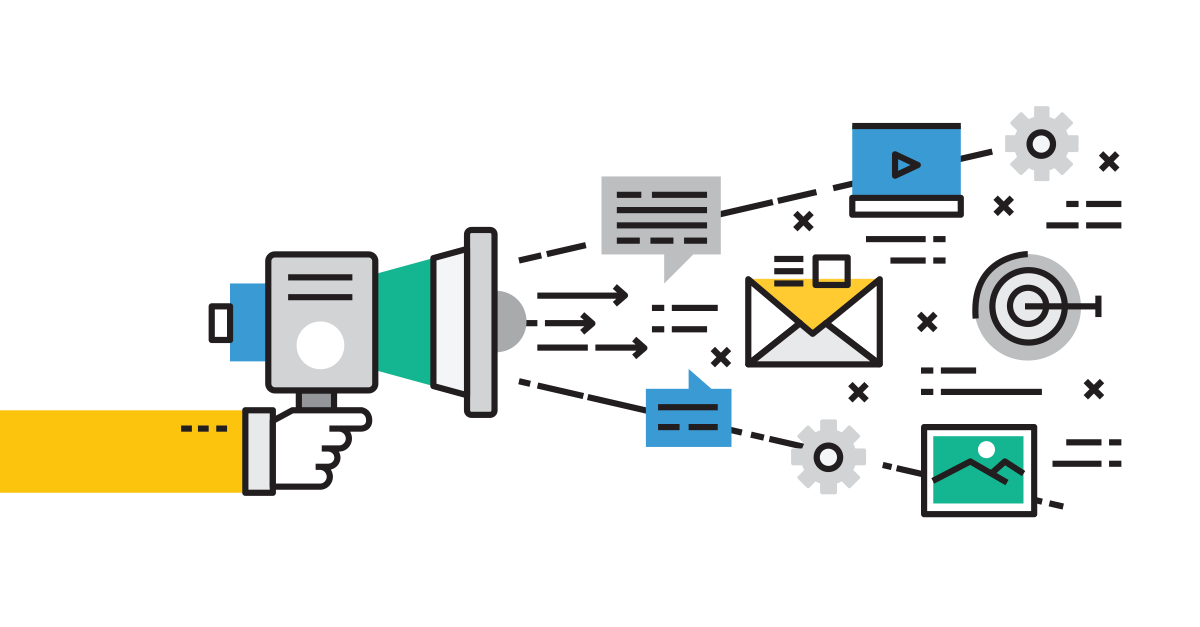Brands may strive for a one-to-one relationship with their customers, but the most successful make sure they’re building a community of customers as well. Being part of that community is almost like being part of an “in” club -- where membership is often defined by a strong customer loyalty program.
When they’re done well, customer loyalty programs not only reduce the chances of customers shopping around with other companies. They also turn customers into real advocates and ambassadors for the brand, because they’ve gotten to enjoy direct benefits from the program that demonstrate a true appreciation for giving the brand their business.
At the other end of the spectrum are customer loyalty programs that miss the mark for a variety of reasons. Some of the potential challenges include a lack of perceived value in joining, confusion around how to join or use the program, inconsistent execution of the program’s benefits and lack of integration with the overall customer experience a brand is trying to develop. In fact, there is so much that can go wrong that some brands may be afraid of developing a customer loyalty program at all.
There’s no need to shy away from these risks, however. All it takes is a good understanding of the key elements that make customer loyalty programs work and planning them at the outset. What follows are some of the best practices that should be at the top of your agenda:
Know Your Current Landscape To Start Changing It
You can’t start in a void. Marketers should begin by delving into whatever data they have about the current state of loyalty within their customer base. How many customers tend to become repeat customers, for example? Do they come back the first time, or after rotating through several competitors? Is customer loyalty higher in-store, or online, and why?
Answering some of these questions will help drive a strategy that’s focused on more specific targets or goals. In some cases, a brand may be looking to increase foot traffic, while others want to boost the e-commerce side of their operation. The kind of rewards or benefits your program offers, what it takes to achieve those benefits and integrating the program into the experience of browsing and purchasing should all follow suit.
Personalize Through Data
At one point, companies had no choice but to offer a one-size fits all customer loyalty program that offered more or less the same rewards and benefits, regardless of who you were. Today, however, marketing automation tools like Marketing Cloud allow businesses to create specific segmentations that could form the basis of more personalized customer loyalty programs. Beyond looking at offering benefits or rewards based on what you’ve spend in the past, for instance, some of the variables could include:
- Promotions or offers based on specific product and service categories a customer likes
- Early access to new or replacement versions of products and services they’ve purchased before, as well as complementary items
- Premium content marketing assets (such as videos or an e-mail newsletter, for instance) which tell stories that align with their core interests
- Rewards based on how long they’ve been a customer, recognition on birthdays or other special dates, and so on.
Minimize Signups And Collect Data Through Value Exchange
No one wants to fill out an endless form to become part of a customer loyalty program, particularly if they aren’t won over by the value or benefits. Customers may also be wary of handing over a ton of personal details when they’re at the point of purchase. It’s similar to programs that take too long to earn points or rewards -- the whole thing begins too feel to onerous and one-sided to be worth the effort.
An alternative approach might offer a customer to join a loyalty program using little more than a name and email address, and where they are given a small discount code towards their next purchase for joining. Then, as they keep coming back for more, the brand may be in a better position to ask for more information.
This becomes more of a quid-pro-quo relationship, where members can enjoy benefits all the way along, rather than working towards a far-away payoff in terms of value. When they’re feeling rewarded earlier on and easily, they’ll be more likely to give back information marketing teams can use.
Consistency Across Channels
A customer loyalty program won’t grow very fast if it’s entirely focused on using a physical card or other identifier that will only work in a physical store.
Instead, companies should aim for a true omni-channel experience that will allow consumers to manage their program account details and benefits whether they are in-store, online, using a mobile phone or even if they want to ask questions via social media.
Think of it this way: The best customer loyalty programs should be as ubiquitous as the brand’s key marketing messages.
Conclusion
Many marketers will have already developed some personas of their target customers to inform a lot of the other work they do. Revisit one or more of those personas and imagine how your proposed customer loyalty program would fit into his/her daily life. Is it something she’ll feel drawn back to? Does it empower him with information and encourage her to identify with your brand purpose? Where might she struggle or have questions?
As with any other area of marketing, making sure a customer loyalty program will work becomes a lot easier when you walk a mile in the customer’s shoes. It’s not only the key to loyalty -- it’s the key to turning a transactional relationship into something they’ll be eager to talk up to their coworkers, family and friends.

.jpg)

